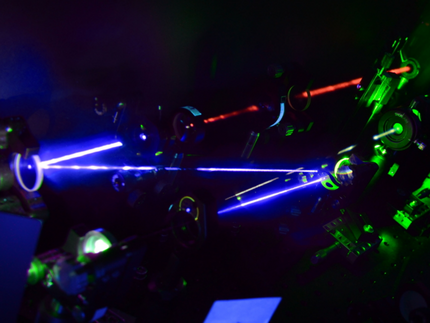Experimental and Computational Techniques
We constantly develop techniques related to ultrashort laser pulse phenomena:
For example, x-ray methods such as ultrafast x-ray diffraction (UXRD), reciprocal space mapping (RSM) and reciprocal space slicing (RSS). X-ray scattering experiments are performed both at the laser-based plasma x-ray source (PXS) and at large scale facilities – in particular the KMC3-XPP beamline at BESSYII @ HZB. Recently, we extended the PXS setup with time-resolved magneto-optical Kerr effect (MOKE) detection.
We have developed noncollinear optical parametric amplifiers, broadband time-domain Brillouin scattering and MOKE setups. We also apply Raman scattering, transient absorption and transient reflection spectroscopy.
In collaboration with the Peter Gaal group (IKZ Berlin) we developed a highly compact transient laser grating setup dedicated for usage at synchrotron beamlines which also facilitates coherent-control schemes.
In order to model our experimental results, we devoloped our own computer toolbox udkm1Dsim, which is capable of modelling the relevant spatiotemporal physical processes such as electon-phonon-spin coupling, thermal transport, picosecond acoustics and dynamical x-ray diffraction.
Please check the following sections for more details.

